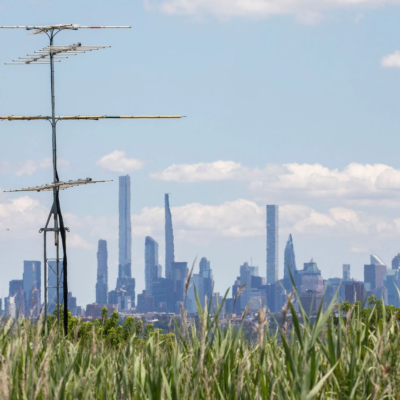
Birds are mobile. This makes them often very difficult to keep track of, and in turn, learn more about. Finding out as many details of behavior, populations, nesting and overwintering locations and migratory routes is critical for scientists to know what areas to protect and which birds use them. Enter MOTUS Wildlife Tracking System. Created in 2014 by Birds Canada, a Birdlife International Partner, this collaborative global network of automated radio receiver stations is able to detect tagged birds as they migrate. With about 34,000 tagged birds, bats and large insects, the 1500+ receivers on 6 continents have lots of potential to give scientists a more complete picture of the movements of birds and other flighted wildlife.
For example, Red Knots, who annually fly round trip between the southern tip of South America to above the Arctic Circle are ultramarathon migrators. These birds cover so much territory it’s been nearly impossible to keep of track of the stopovers they make….until MOTUS. It was this nano-tagging that showed researchers there was a stopover no one was aware of along the Hudson Bay. This kind of information is essential to ensure stopover sites along these migratory flyways are safe and not lost as birds rely upon stopovers they know for refueling and rest during very taxing migrations.
How does it work? When a tagged bird, bat, or insect flies within 15 km of one of these towers, their signal is picked up, and the data including date, species, when, where, and by whom it was first tagged is recorded. This info is downloaded to a central database so all the info is available to every partner. Once the birds, bats or insects are nano-tagged, the data retrieval is automatic and doesnt require researchers stalking tagged critters in the field and hoping one is where they are carrying their antenna!
Technology can be a huge help in conservation. Audubon, for example, uses the MOTUS database in their Bird Migration Explorer real-time mapping tool. For more info and some interesting stories, check out this article by Audubon.